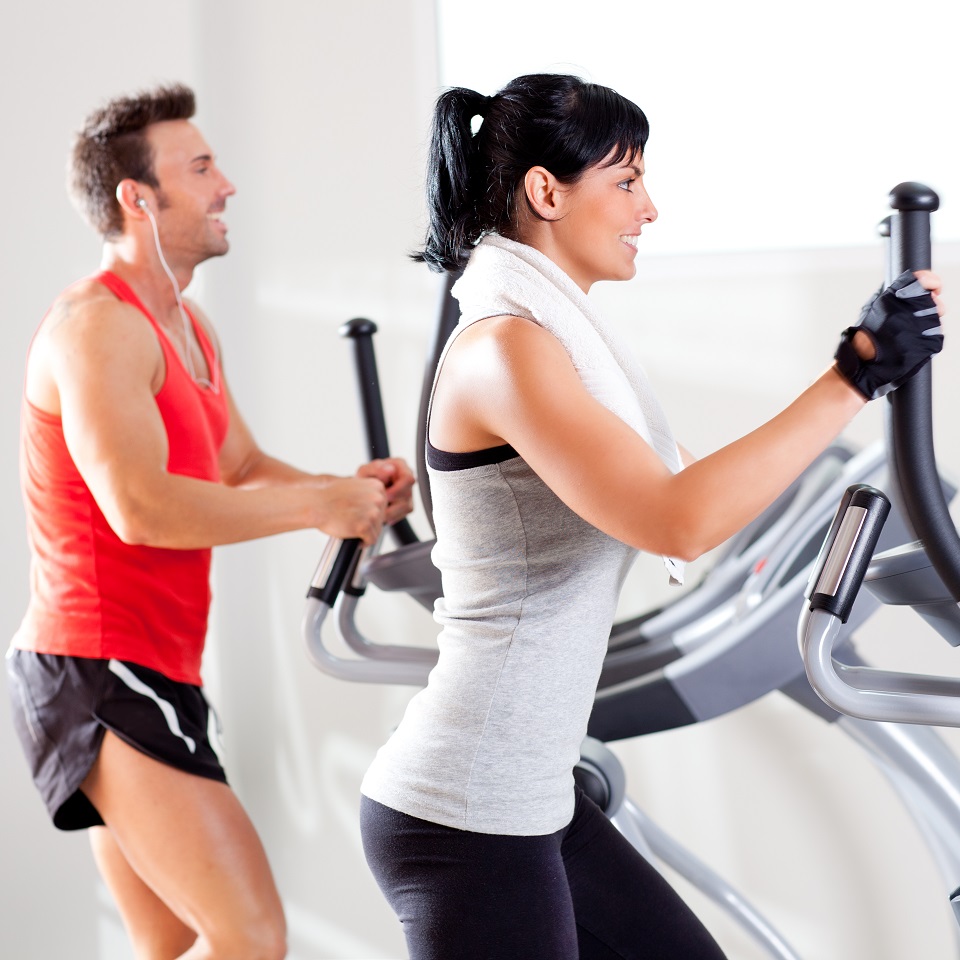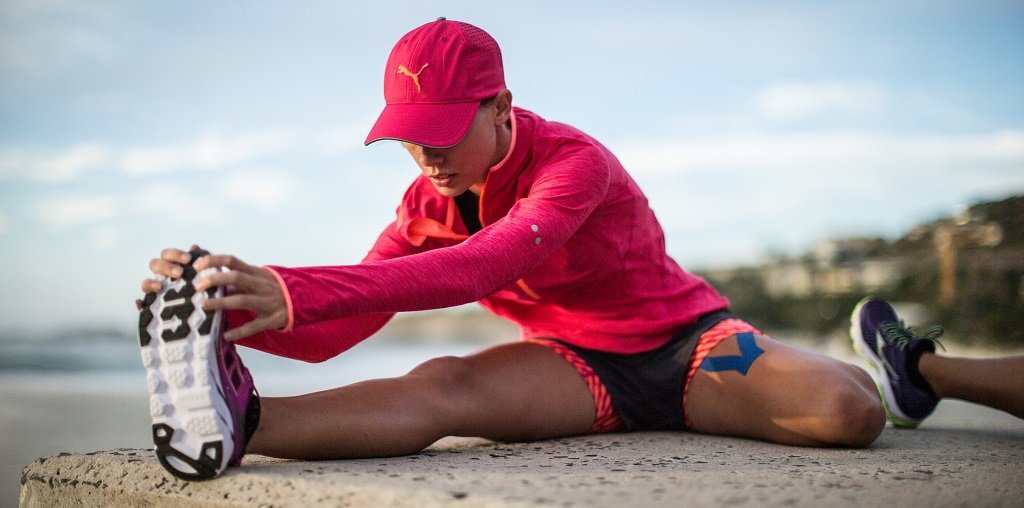THE ULTIMATE GUIDE TO RUNNING RECOVERY
Running recovery isn't just about putting your feet up (unfortunately). Instead your recovery should be aimed at keeping you performing at your best and running injury free.
This article details how to make the most of your running recovery time to reduce your risk of injury and keep you pounding the pavements.
Warm Up
The recovery process actually starts before your run begins. A proper warm up is essential to prepare your heart and lungs for the activity ahead and to set the stage for effective recovery later
Why Warm Up?
- Prepares your cardiovascular system by increasing heart rate and blood flow.
- Primes muscles, tendons, and joints for movement.
- Reduces risk of injury and helps you get into your ideal training zone faster.
What to Avoid
Skip static stretching before your run.
- Static stretching does not effectively increase blood flow
- It may actually increase your risk of injury
How to Warm Up Effectively
- Start with 5 minutes of light aerobic activity at 50-75% of your normal running pace.
- If you’re in the gym, you can use the bike or cross-trainer as an alternative.
- Follow with dynamic running drills, performing each for about 30 seconds:
- Calf pumps
- Calf jumps
- Heel flicks
- High knees
- Alternate lunges
- Lunge walks
- Drop squats
- Hip openers
- Hamstring kicks
Benefits of This Routine
- Increases blood flow to muscles.
- Raises your heart rate.
- Boosts adrenaline, helping you transition quickly into your optimal training zone.
By making this warm up routine part of your pre-run ritual, you’ll help your body perform better and recover faster after every run.
Post-Run Recovery
After your run, effective recovery routines help your body repair, reduce soreness, and prepare you for your next session. Here’s how to optimise each stage:
Re-fuel and Hydrate
- Begin refuelling within 30–60 minutes post-run to help your muscles repair and rebuild.
- Focus on a meal or snack with a 3:1 or 4:1 ratio of complex carbohydrates to protein (e.g., a smoothie with banana and protein powder).
- Include healthy fats (such as omega-3s from salmon, flaxseed, or walnuts) to help reduce inflammation.
- Hydrate right away to replace fluids and electrolytes lost through sweat, especially after longer or more intense runs.
- For longer runs or hot conditions, consider electrolyte-rich drinks or coconut water to restore sodium, potassium, and magnesium levels.
Stretch
- Incorporate light static stretching while your muscles are still warm to improve flexibility and reduce muscle stiffness.
- Target key running muscles: hamstrings, quads, calves, and hip flexors.
- Use a foam roller or massage tools to alleviate muscle tension, boost circulation, and aid recovery.
- Learn proper foam rolling techniques to maximise benefits and avoid discomfort.
Ice
- If you’ve had a particularly hard or long run, apply ice to sore or overworked areas for 10–20 minutes every few hours during the first 24–48 hours for short-term relief.
- For a more intensive approach, try an ice bath for your legs for about 10 minutes.
- Cold exposure helps constrict blood vessels and flush out metabolic waste; as your body warms up afterward, fresh, oxygenated blood returns to the muscles, aiding recovery.
Sleep and Active Recovery
- Avoid napping immediately after your run unless it’s late at night; instead, opt for gentle walking or light movement to keep blood circulating and aid recovery.
- Prioritise getting 7–9 hours of quality sleep each night, as most muscle repair and recovery happens during sleep.
- Practice good sleep hygiene: establish a relaxing bedtime routine, reduce screen time, and create a restful environment.
By following these post-run recovery steps, you’ll help your body bounce back faster, reduce soreness, and set yourself up for stronger future runs.
How to Recover from Injuries
Running injuries are common and often reoccur, with previous injury being one of the strongest risk factors for future problems. Understanding how to identify, manage, and prevent these injuries is crucial for long-term running health.
Key Facts About Running Injuries
- Around 50% of running injuries are reoccurring, meaning if you’ve been injured before, your risk of future injury is higher.
- Most running injuries affect the lower body, especially the knee, shin, Achilles tendon, and foot.
- Overuse is the leading cause, with repetitive stress accounting for the majority of cases.
Warning Signs of Common Running Injuries
If you experience persistent soreness in the following areas that does not improve within 48 hours, you may have one of the top five running injuries:
- Front or outside of the knee (patellofemoral pain syndrome, also known as runner’s knee)
- Front or inside of the shin (medial tibial stress syndrome, or shin splints)
- Around the Achilles tendon (Achilles tendinopathy)
- Under the sole of the foot (plantar fasciitis)
What to Do If You Suspect an Injury
- Seek assessment from a running specialist, especially for long-term or recurring issues like shin splints, IT band syndrome, or plantar fasciitis.
- Early professional evaluation can help identify the underlying cause and prevent further damage.
Effective Recovery Strategies
- Follow a tailored strength and conditioning program to address muscle imbalances and improve resilience.
- Work on running technique with expert guidance to reduce stress on vulnerable areas.
- Allow adequate time for rest and recovery before resuming full training loads.
- Use cross-training and low-impact activities to maintain fitness while minimising strain on injured tissues.
By recognising early symptoms, seeking expert help, and focusing on strength and technique, you can reduce your risk of re-injury and support long-term running performance
Running Recovery FAQs
Recovery allows your muscles, tendons, and ligaments to heal and rebuild after the stress of running. It reduces inflammation, restores energy, and helps your body adapt for future performance. Skipping recovery can lead to overtraining, burnout, and injuries that may sideline you for weeks or even months.
Aim to refuel within 30–60 minutes after your run. Focus on a balance of complex carbohydrates and high-quality protein to replenish glycogen stores and support muscle repair. A 3:1 or 4:1 carb-to-protein ratio is ideal, such as a smoothie with banana and protein powder.
Drink water immediately after your run to replace lost fluids. For longer runs or hot conditions, also replace electrolytes like sodium, potassium, and magnesium with sports drinks, coconut water, or tablets. Proper hydration helps prevent cramps, fatigue, and delayed muscle soreness.
Dynamic stretching is best before running to warm up muscles and joints. After your run, focus on static stretching to improve flexibility and reduce muscle tightness. Both methods help prevent injuries and promote faster recovery.
Quality sleep is crucial for muscle repair, hormone release, and energy restoration. Aim for 7–9 hours per night to optimise recovery. Good sleep hygiene, like a relaxing bedtime routine and limiting screen time, supports these processes.
Active recovery involves low-impact activities like cycling, swimming, or yoga on rest days. It boosts circulation, reduces stiffness, and gives running-specific muscles a break while maintaining fitness and preventing burnout.
Yes, compression clothing or socks can improve blood flow, reduce swelling, and speed up muscle recovery after running. Many runners find them helpful for reducing soreness and fatigue, especially after long or intense sessions.
Nutrition supplies the nutrients your body needs to repair muscles and replenish energy stores. Post-run meals should include carbs, protein, and healthy fats to support recovery, reduce inflammation, and prepare you for your next run.
Stretching, foam rolling, and self-massage can help relieve muscle soreness by improving circulation and flexibility. Cold therapy and compression gear are also effective. Prioritising rest and hydration further supports muscle recovery.
If you have mild soreness, active recovery or a gentle run may help. However, persistent pain or fatigue signals the need for a full rest day. Rest allows your body to fully recover, preventing injury and supporting long-term progress.
You May Also Like:

Getting back into running after some time off always comes with its stresses. Whether you are returning from injury or just coming back after a spell of time off, it’s important to keep up motivation and train sensibly to prevent further injury. We follow Runners Needs buying director Francisco Baratta on his journey of recovery to his former fitness post injury - this week he shares with us his top 6 tips for getting back into running.





